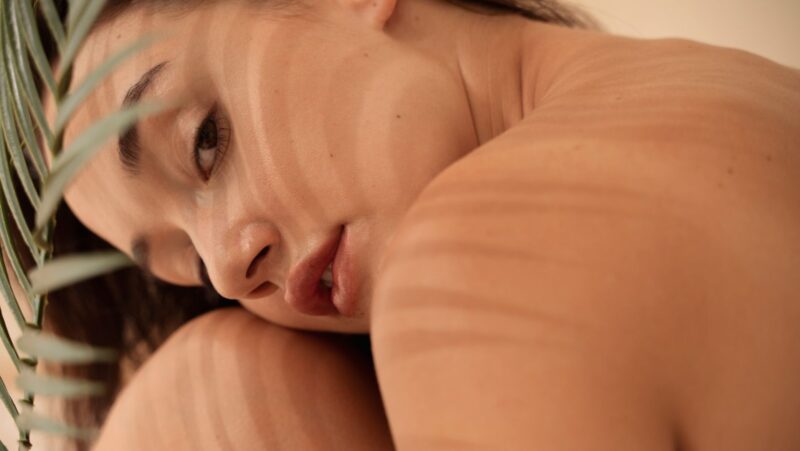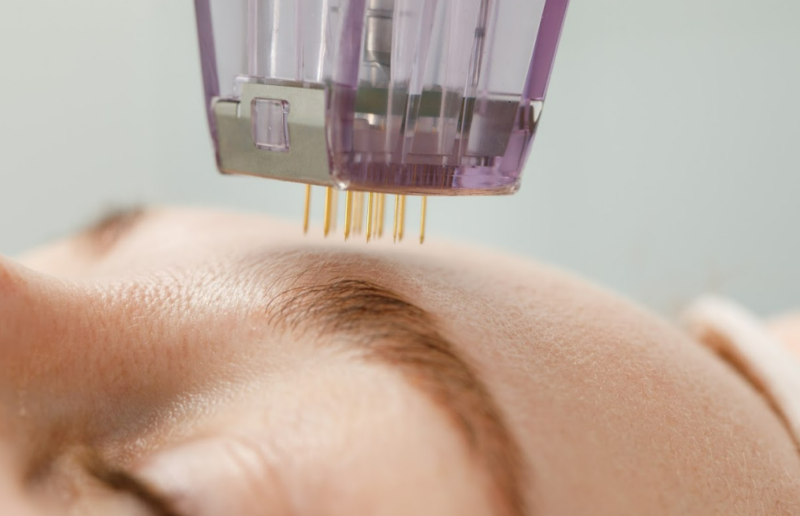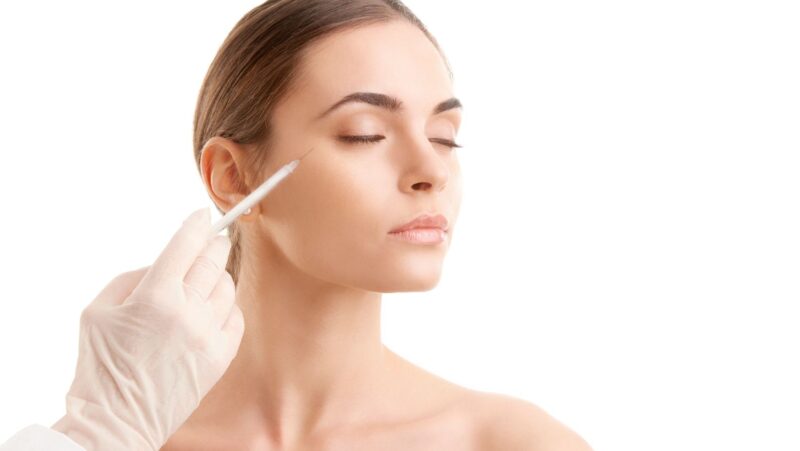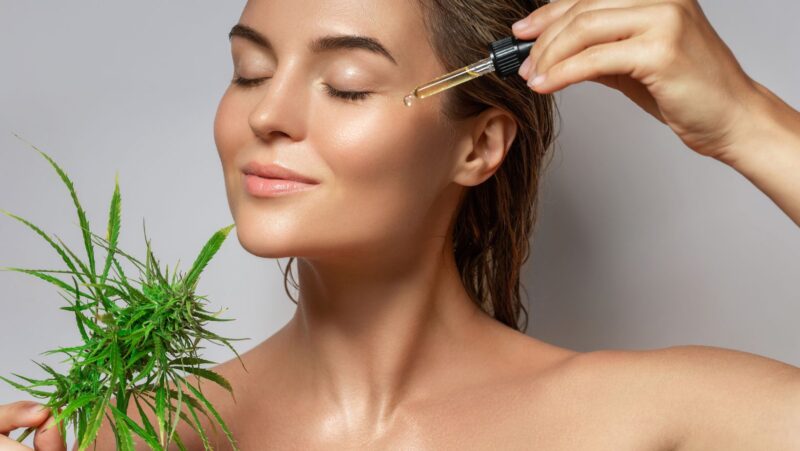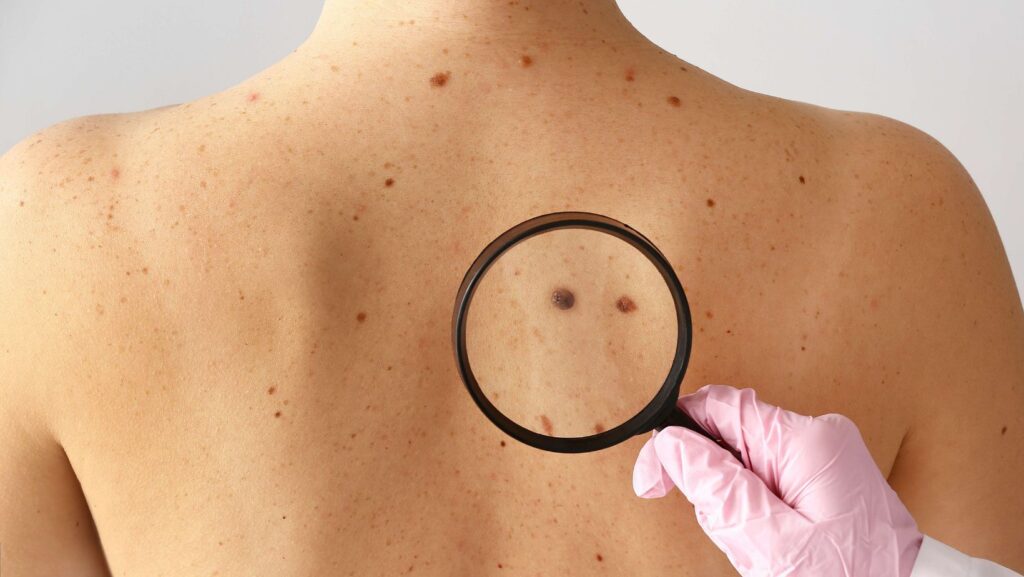
Skin cancer, one of the most common types of cancer globally, often goes unnoticed until it’s too late. Why? Because many of us don’t know what we’re looking for. In this article, I’ll shed some light on the early signs of skin cancer and when it’s time to seek medical help.
Recognizing skin cancer isn’t always straightforward. It’s not just about spotting a new mole or a change in an existing one. There’s much more to it. Stay tuned as we delve into the subtle signs that could signal skin cancer.
Together, we’ll empower ourselves with knowledge, because knowing what to look for can make all the difference. Let’s take the first step towards proactive health care and potentially save lives, starting with our own.
Understanding Skin Cancer
In order to grasp the gravity of skin cancer and its subtle early signs, we first need to unpack what it is. Then, we’ll delve into its various types and the signs and symptoms that should alarm you. If there’s something suspicious on your skin, prompt action is warranted.
Types of Skin Cancer
There are mainly three types of skin cancer: Basal Cell Carcinoma (BCC), Squamous Cell Carcinoma (SCC), and Melanoma.
- Basal Cell Carcinoma (BCC): This is the most common form, often presenting as open sores, red patches, or shiny bumps.
- Squamous Cell Carcinoma (SCC): Generally found on areas exposed to the sun, SCCs may appear as scaly red patches or elevated growths.
- Melanoma: The deadliest among skin cancers, melanomas look like moles and tend to evolve in shape, size, or color.
Early Signs and Symptoms
Recognizing skin cancer isn’t merely about moles; there were those signs mentioned in the first part of this piece. But, even after understanding these signs, we must remember not every anomaly presents a risk, but it’s safer for a professional, like a dermatologist, to evaluate. For instance, a dermatologist King of Prussia can provide an expert evaluation if you notice any of the following signs:
- New Moles: Moles that appear suddenly, especially after the age of 20, demand attention.
- Changes to Existing Moles: Watch out for alterations in size, color, shape or texture.
- Sores that don’t heal: Persistent sores, those that bleed and don’t heal, can be a cause for concern.
Take action today and regularly check your skin. If there’s anything suspicious, consult a dermatologist immediately. Early detection is a critical step towards successful treatment and survival.
Visual Identification of Skin Cancer
As a continuation of our discussion on skin cancer, let’s delve into how you can visually identify this condition.
Common Appearances of Skin Cancer
Skin cancer frequently exhibits specific visual signs. For example, Basal Cell Carcinoma often appears as a shiny bump, a pink growth, or a sore that keeps bleeding or scabbing.
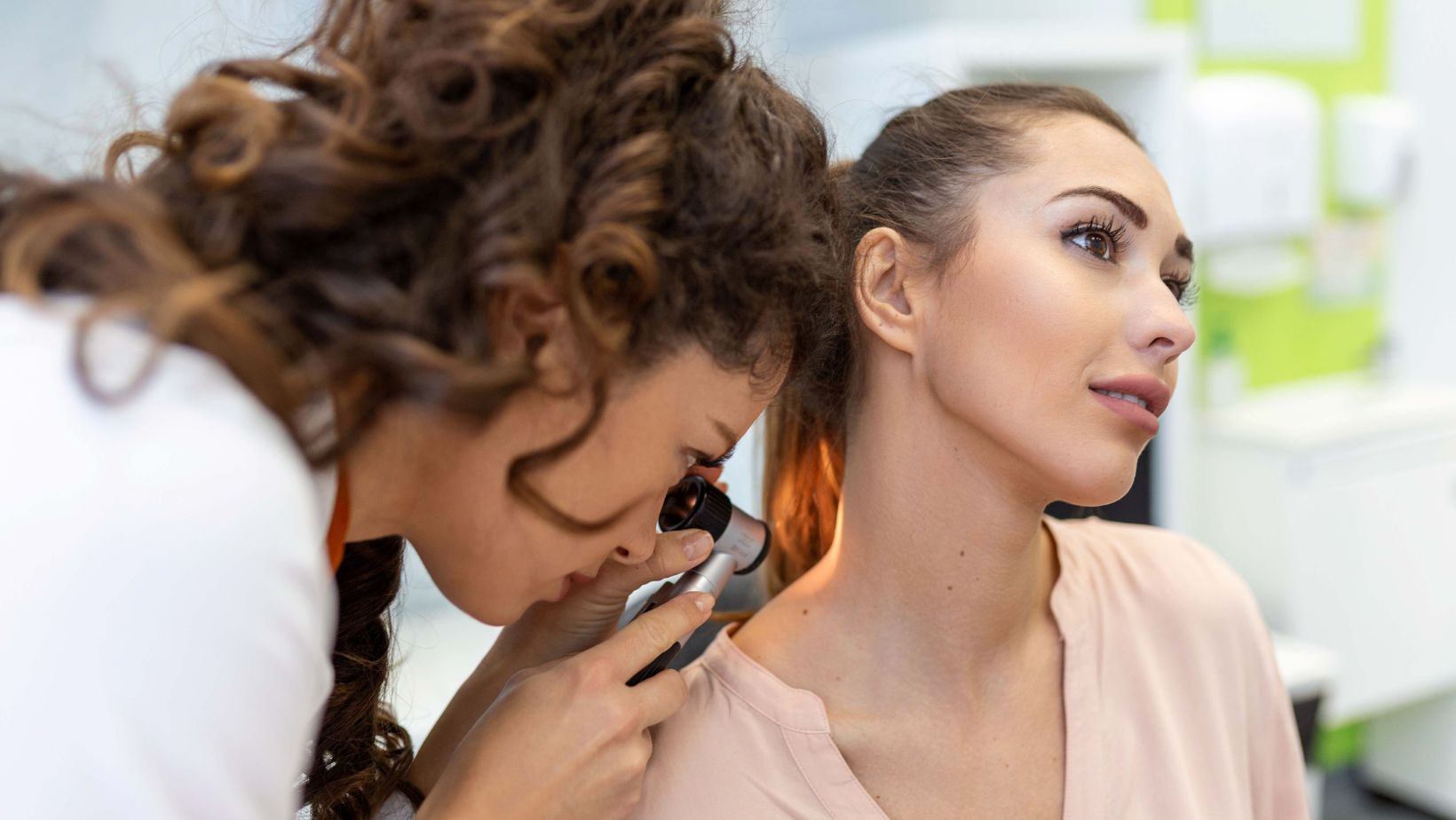
Squamous Cell Carcinoma typically presents as a firm red nodule or a flat lesion with a crusted, scaly surface. Melanoma, the deadliest form of skin cancer, is usually characterized by a large brownish spot with darker speckles or moles that change in color, size or feel.
Yet, despite these common appearances, it needs emphasis that skin cancer manifest in various ways. Thus, when you notice something suspicious on your skin, it’s crucial to get it checked. A trusted dermatologist in King of Prussia, for instance, would be well-equipped to confirm or rule out the presence of skin cancer.
Atypical Signs You Shouldn’t Ignore
Apart from the classic signs, atypical symptoms exist which you mustn’t overlook. These may include sores that do not heal, changes in existing moles, new growths on the skin, or changes in skin color. Particularly, if you notice changes in the size, shape, color, or texture of any spot on your skin, or if a mole turns itchy or painful, it’s time to seek help.
While awareness of these signs critical, self-examination doesn’t replace routine skin checks by a professional. Professionals possess the knowledge and tools to accurately diagnose skin conditions. So, when in doubt, always consult with a dermatologist. And remember, early detection does make a difference. If you spot anything unusual on your skin, take action today. Waiting isn’t worth the risk.
When to Seek Help for Skin Cancer
If something suspicious appears on your skin, it’s time to act. Careful observation is your first line of defense, but skin cancer requires a professional evaluation.
Recognizing Urgent Symptoms
Stay alert for these signs, which might indicate the need for urgent medical care:
- Persistent Skin Changes: Notice the growth of a new mole or a change in an existing mole’s color, size, or shape.
- Unhealing Sores: Monitor for sores which don’t heal over time—even after repeated treatments.
- Unusual Skin Patches: Keep an eye on any raised, shiny, or reddish patches on your skin.
- Spot Bleeding or Oozing: Pay attention to blemishes that bleed easily or show signs of oozing.
Always remember, a dermatologist is the “King of Prussia” when it comes to diagnosing skin conditions. Don’t hesitate in scheduling an appointment if you encounter any of these symptoms.
Importance of Early Detection
Recognizing and seeking help for skin cancer early is crucial. It’s the simplest way to improve survival rates from this disease. Early detection ensures:
- Successful Treatments: An early diagnosis can increase the possibility of successful treatments.
- Better Survival Rates: With a timely intervention, survival rates have shown to be significantly higher.
- Lowered Risk of Spreading: Detecting cancer early on decreases the chance of it spreading to other parts of the body.
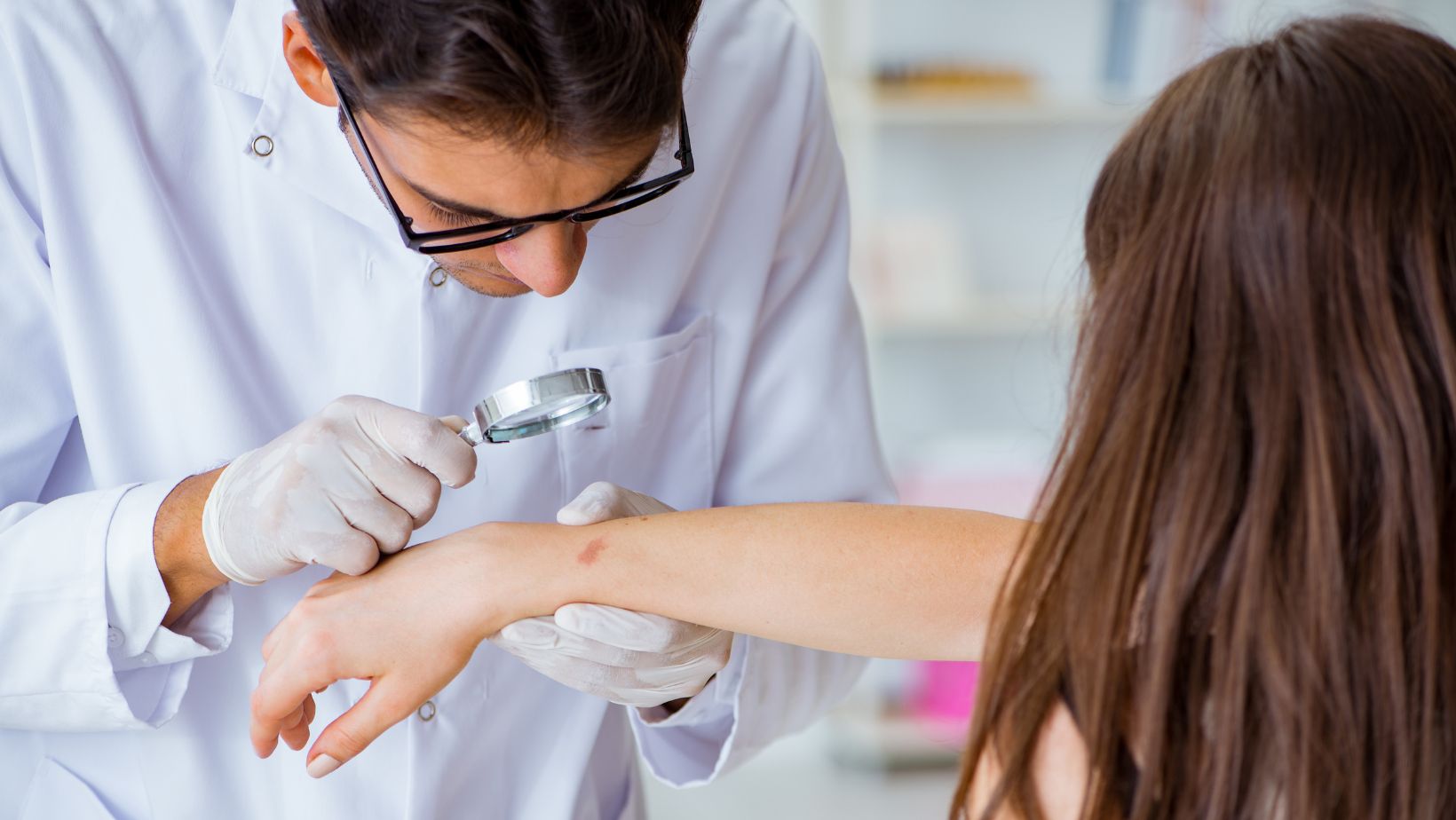
Take action today. Postponing a possible life-saving diagnosis isn’t worth the risk. Be proactive and take charge of your health.
Prevention and Protection
Taking control of your skin health initiates with prevention and protection. Let’s delve into the importance of regular skin checks and sun protection strategies.
Regular Skin Checks
Frequent skin checks stand paramount in preventing skin cancer. I recommend a monthly self-examination of your entire body, beyond just sun-exposed areas. The purpose is to recognize changes like new growths or alterations in existing moles. If you notice something suspicious on your skin, take action today. Visiting a dermatologist, such as those in King of Prussia, for a professional skin evaluation is advisable.
Sun Protection Strategies
Adequate sun protection is part of the preventive measures against skin cancer. Limit sun exposure between 10 AM and 4 PM, the period of most intense sun radiation. When exposing yourself to the sun, use broad-spectrum sunscreen with an SPF of 30 or higher. Athletic wear with built-in sun protection, sunglasses, and a wide-brimmed hat can also be part of your sun-protection gear. Be proactive in your sun protection strategies to drastically reduce your risk of skin cancer.
Conclusion
Skin cancer’s early signs shouldn’t be ignored. It’s crucial to stay vigilant about changes in your skin. If you notice any alterations in moles, new growths, or sores that won’t heal, it’s time to seek professional help. Remember, early detection can significantly increase the chances of successful treatment.
Don’t underestimate the power of prevention. Regular self-checks, dermatologist visits, and sun protection measures are your best defense against skin cancer. It’s not just about applying sunscreen, but also about limiting sun exposure and wearing protective clothing.
In the fight against skin cancer, knowledge, awareness, and proactive measures are your strongest allies. Take the necessary steps today to protect your skin and health.








